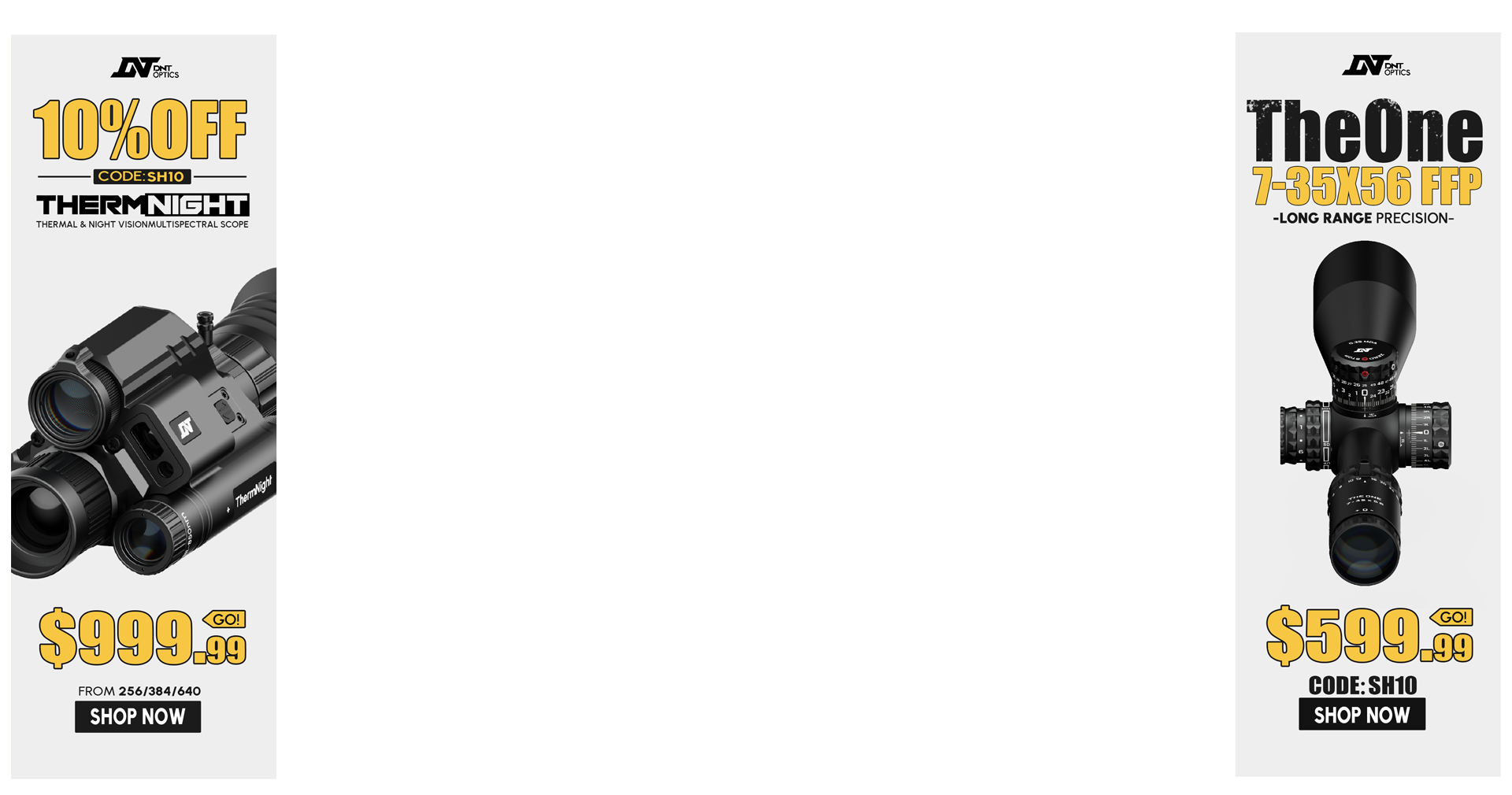Hey folks, I am attempting to load some Hornady 55gr V-Max's for some varminting. I went through and neck sized my brass, but when I go to put the bullet in, it is very tight going into the mouth of the case. When I press the bullet in, it comes out with a tiny scratch near the nose of the bullet, going around about half of the bullet, and there is a bit of copper to be wiped off the bullet.
I have loaded 55gr Nosler Ballistic Tips and 69gr SMK's without this issue. The Hornady's are a flat-based tail, whereas the SMK's are a BT and the Nosler have a small boat-type tail also. FYI - The SMK's are able to seat better, but I seated one and there was some copper particles at the end of the case's mouth. I pulled this bullet and it does have some scraping around the entire base of it. (I don't have anymore of the Nosler's to compare).
3 questions: 1) is this scraping normal, and I just never noticed it? 2) does anyone know why this would happen? 3) will the "scratch" effect the bullet's trajectory? (Remember, although I am varminting with these, I would still like them to be accurate...)
Thank you all for your help!
I have loaded 55gr Nosler Ballistic Tips and 69gr SMK's without this issue. The Hornady's are a flat-based tail, whereas the SMK's are a BT and the Nosler have a small boat-type tail also. FYI - The SMK's are able to seat better, but I seated one and there was some copper particles at the end of the case's mouth. I pulled this bullet and it does have some scraping around the entire base of it. (I don't have anymore of the Nosler's to compare).
3 questions: 1) is this scraping normal, and I just never noticed it? 2) does anyone know why this would happen? 3) will the "scratch" effect the bullet's trajectory? (Remember, although I am varminting with these, I would still like them to be accurate...)
Thank you all for your help!


